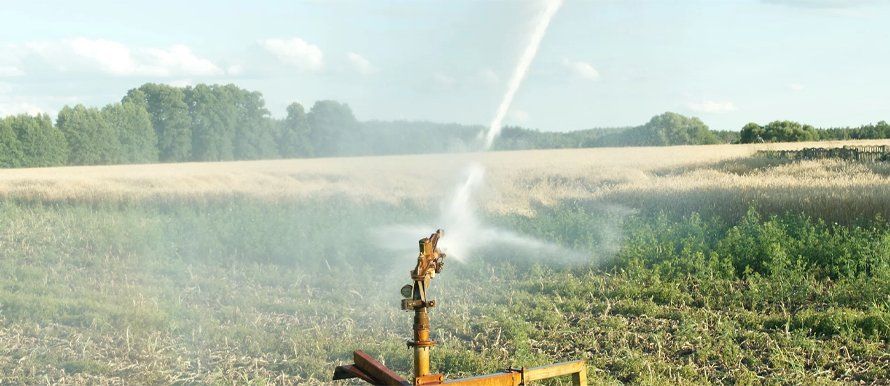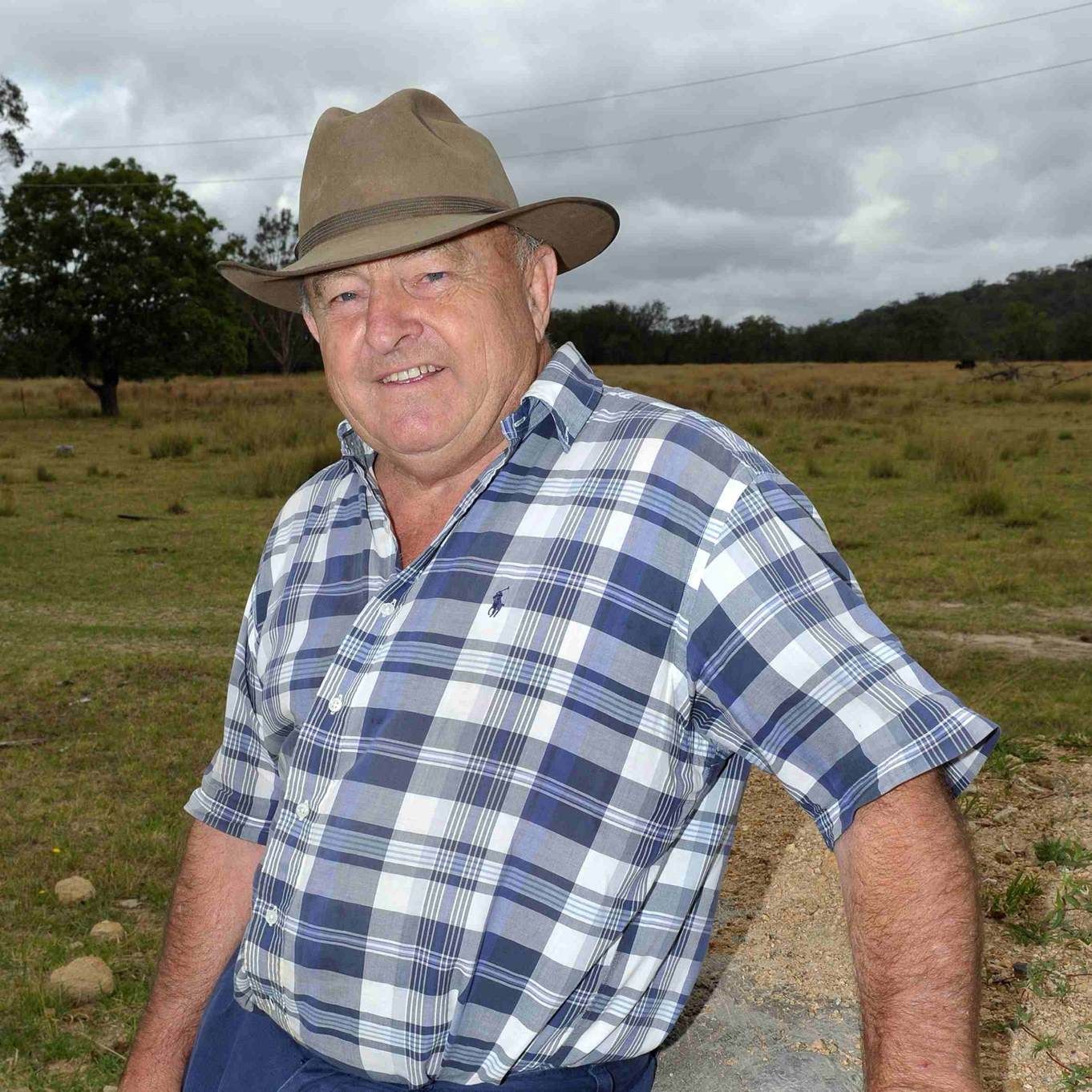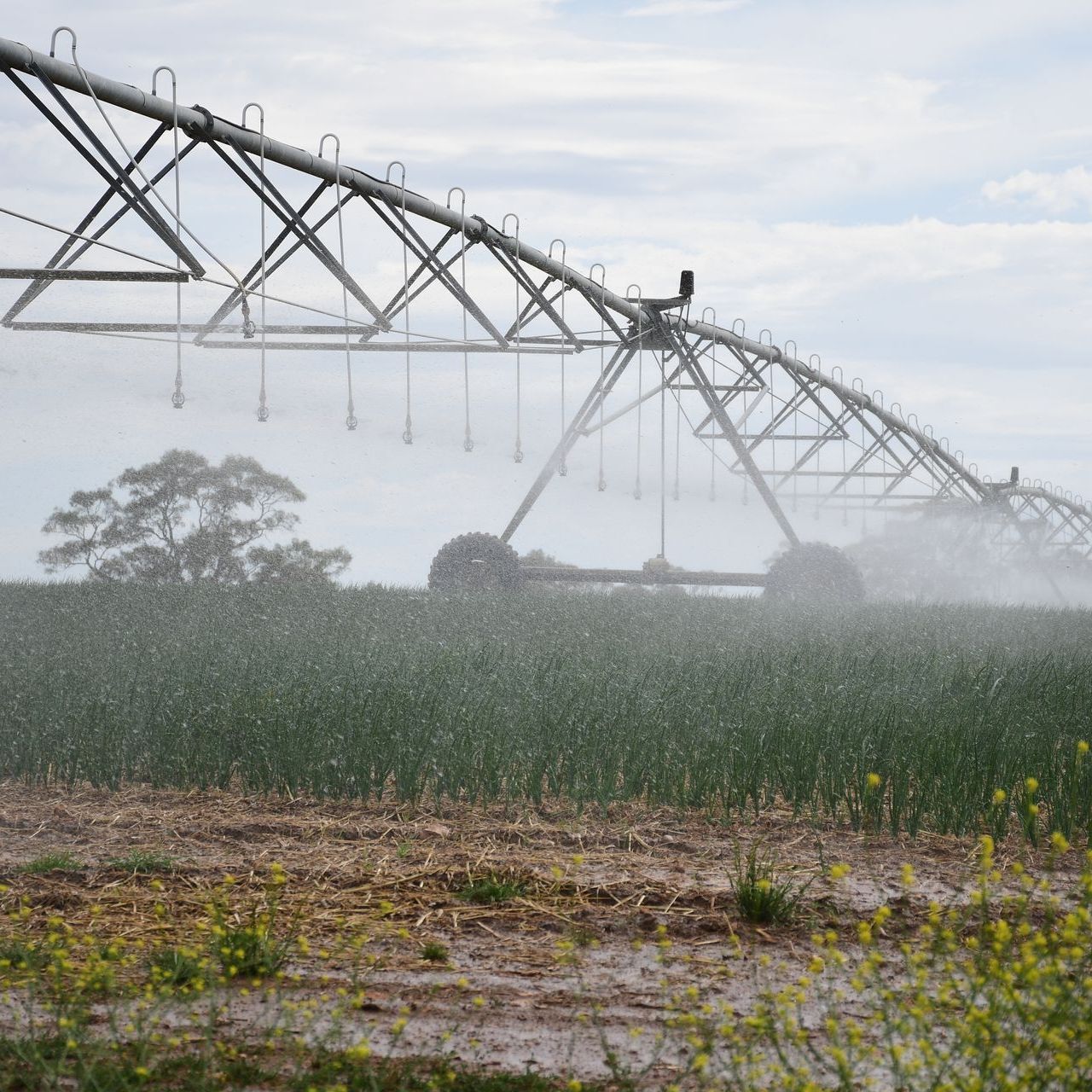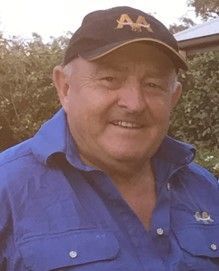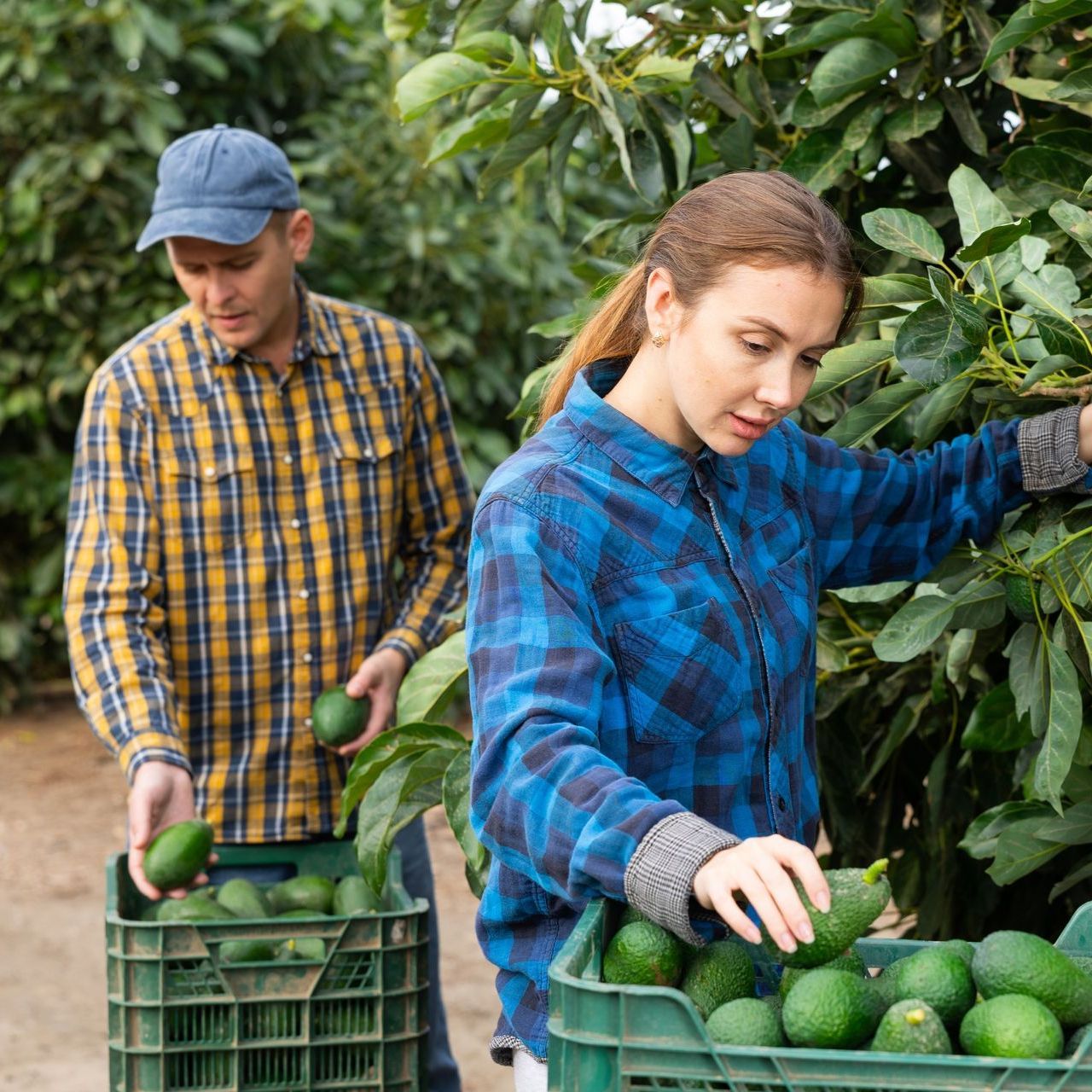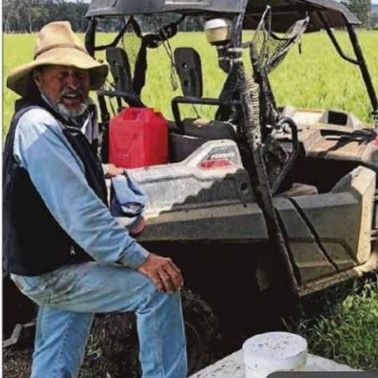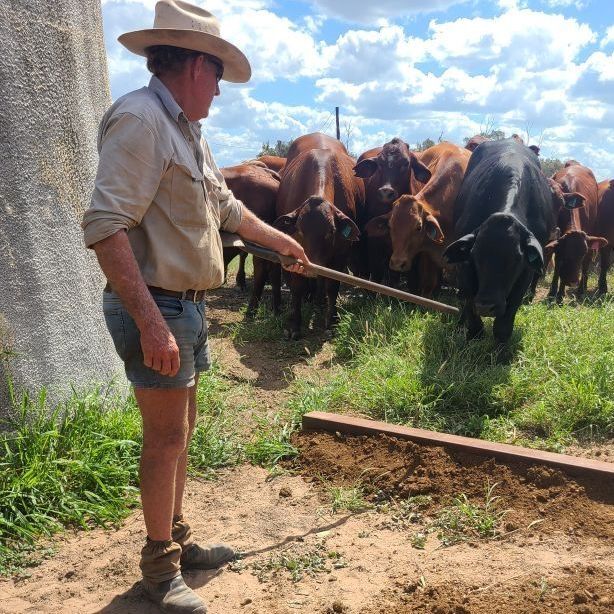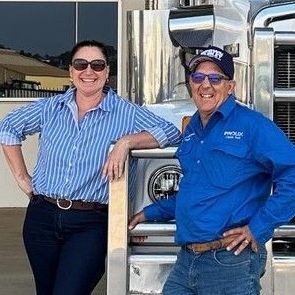The Southern Burnett Region 2
Further Case Studies have been prepared from recent projects within 0405 939592
Jim Conley
Explore
Projects
Project 5
The services of Sustainable Water Pty Ltd were employed for a client with a need for multiple bores at various part of the property :
- 3 High Probability Zones (HPZs) were identified on the property through the Stage 1 mapping and analysis.
- Stage 2 onsite survey data were collected (Passive Seismic data and Gamma data) at each High-Probability Zone site.
- The first site was prioritized and drilled, water came in at shallow level in gravels.
- Total quality water of over 10 litres per second (8,000 gallons per hour) was obtained at 24m.
- The second site was drilled with water coming at at 150m.
- Total quality water achieved was 2 litres per second (1,600 gallons per hour).
- The third site was drilled to 232m. 2.5 litres per second came in at 24-30m; 3.5 litres per second came in at around 80m.
The client has achieved and additional total of 18 litres per second (14,400 gallons per hour). The client said that it had given the property much needed water security. He intends to drill more bores to continue to add further drought proofing of the property.
Project 6
Will be updated shortly
| Water inflow | Litres per second | Gallons per hour |
|---|---|---|
| PROJECT 5a- Water at 24m | 10 | 8,000 |
| PROJECT 5b - multiple inflows | 2 | 1,600 |
| PROJECT 5c - multiple inflows | 6 | 4,800 |


